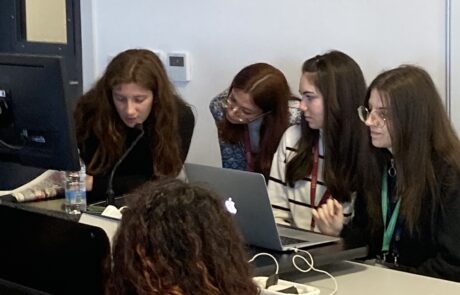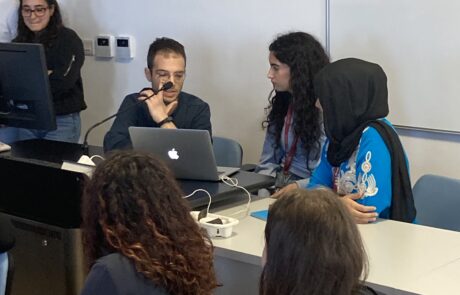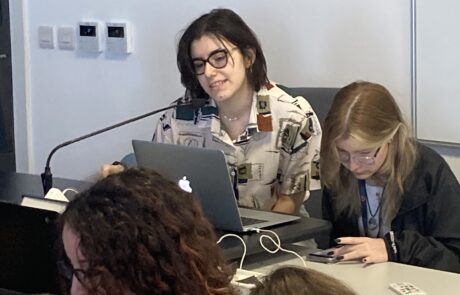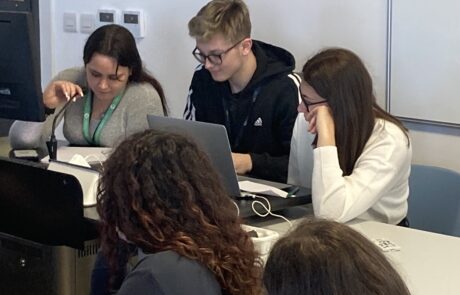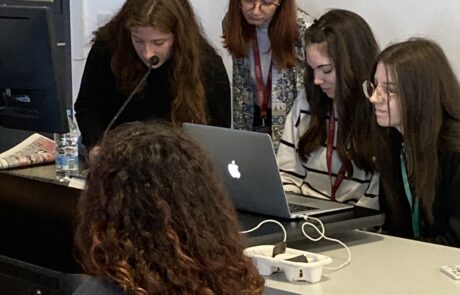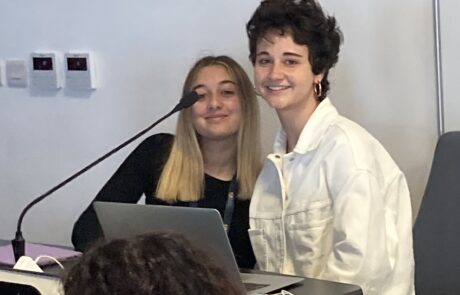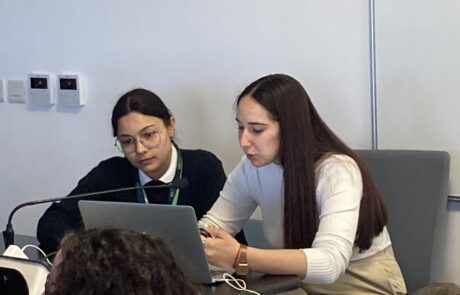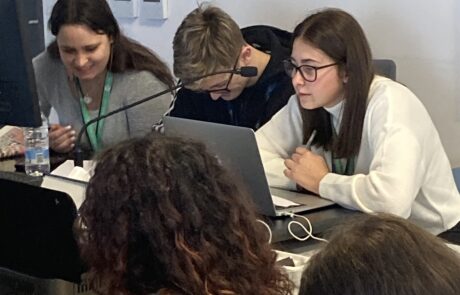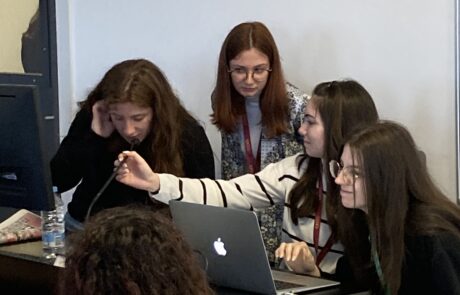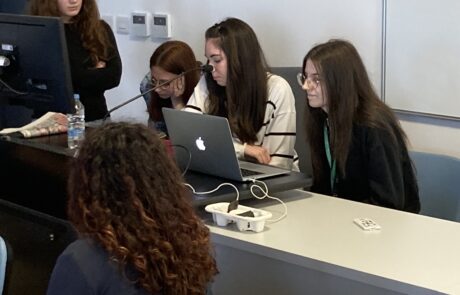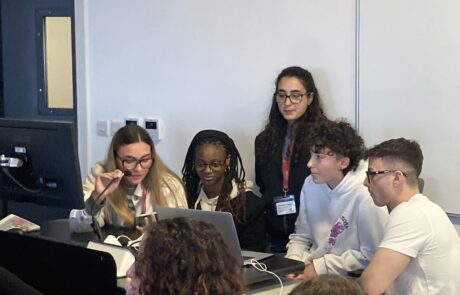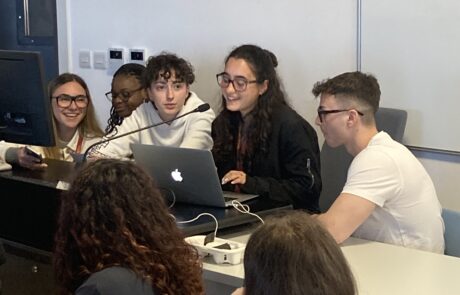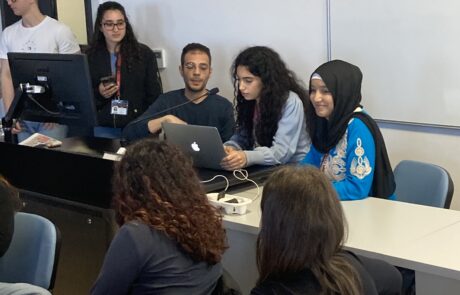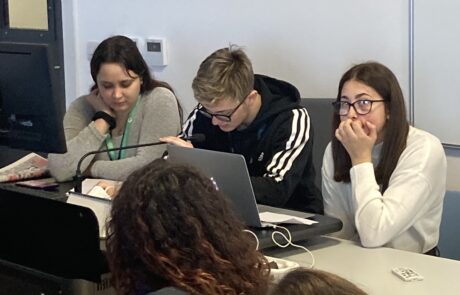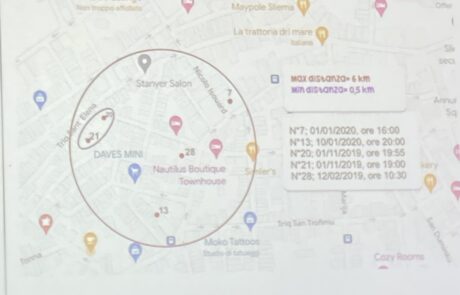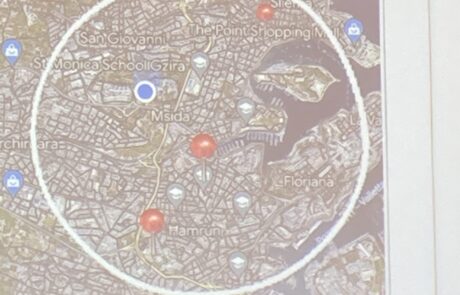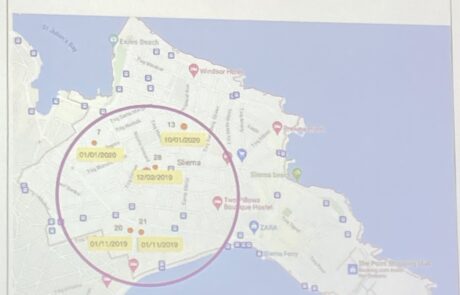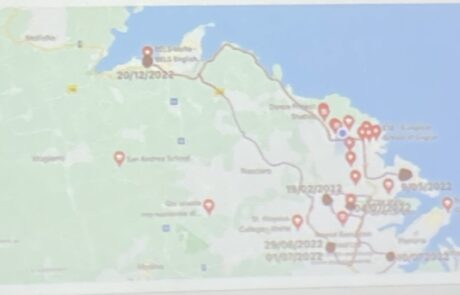Live in-person sessions 17th to 22nd April 2023
This year 100 first-year students attended the ‘In-person sessions’ as part of their Bachelor’s Degree programmes. They had the opportunity to put into practice the techniques of crime analysis together with the production of intelligence products from crime data and forensic evidence recoveries. An outline of the course module is included below to offer a view of the course module contents.
The in-person sessions lecturer was Robert Milne, Dean of Applied Sciences and assisted by EFI Academic Team members Alessia Santoro and Alis Tarakdjian. Joining them through online lectures were Dr Donna Youngs (Investigative Psychologist), Dr Robert Harvey (USA Homeland Security Cross Border patrol Laboratory) and Neil Henson (Problem Solving Expert). The students were organised into ten intelligence desk groups.
In person – Forensic Intelligence products online workshop
The class dealt with mock linked crime scene data and other documentation, including images & forensic data to create QQCSE intelligence logs and complete examination notes as per the Crime Scene Examination and Documentation module. They produced intelligence products in the forms of linked scene Problem Profiles and Target Profiles, with named suspects for police tasking and coordination.
The sessions offered opportunities for students to create forensic strategies as part of their proactive intelligence products. In this session, an overview of the UK College of Policing Intelligence management and governance publication was explored followed by the final lecture 10 and a question and answer session.
Techniques of Investigation and Intelligence course module outline
The contents list is to demonstrate the scope of this course module.
- Basic principles of investigations
- Introducing Forensic Intelligence (FORINT) part 1
- Crime analysis techniques
- Forensic intelligence process route maps
- Modern national forensic intelligence sources
- Intelligence sources HUMINT, OSINT, SIGINT, GEOINT, RECORDS & FORINT
- National DNA databases there uses and interpretation of NDNAD results
- UK National DNA Database results and statistics
- Forensic analysis applied to DNA case links. Rapid DNA units and their value in investigations
- National fingerprint identification systems (NAFIS)
- AFIS systems and forensic strategies to make the best use of AFIS systems
- Scenes of Crime field force checklist for the effective management of forensics
- Using intervention rates and forensic recovery rates to enable Bayesian techniques to be applied to forensic intelligence analysis
- Non-biometric national forensic databases
- Forensic Intelligence the ways ahead.
- Outlines of the forensic intelligence project in Switzerland and published work by the University of Lausanne
- An outline of the Forensic Intelligence model USA Homeland Security, Cross Border Patrol Laboratory 2016 onwards and the Forensic Intelligence Model on all USA borders







